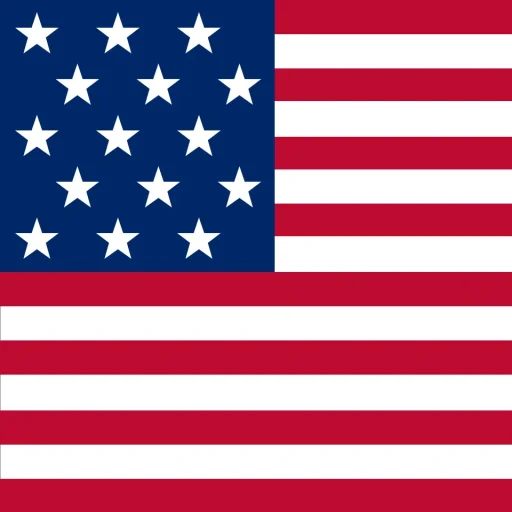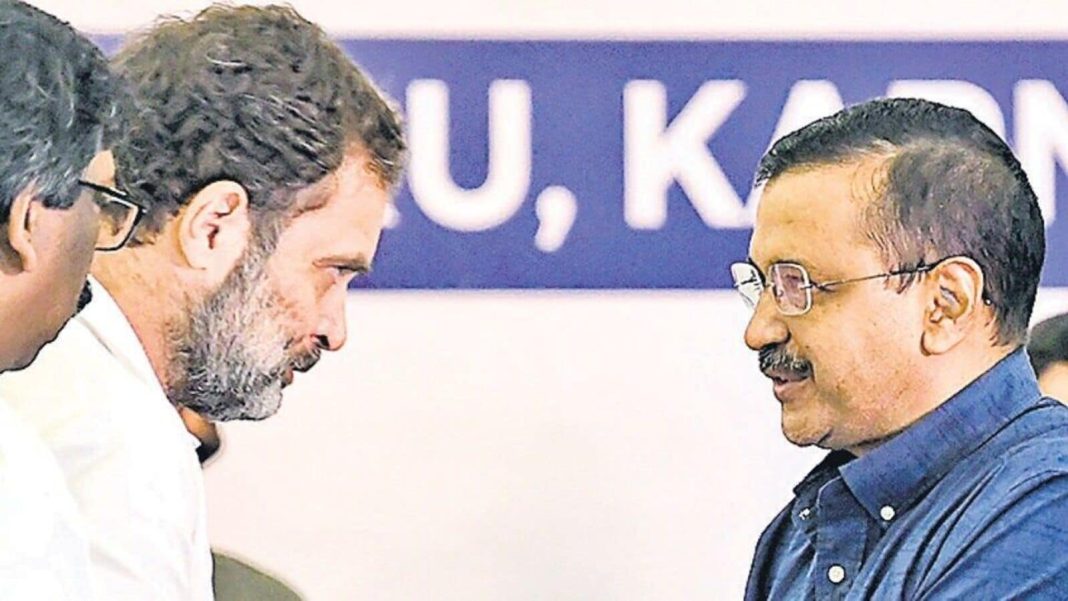The 2000 Presidential Election: A Controversial Showdown Between Bush and Gore
The 2000 United States presidential election is often remembered as one of the most contentious and nail-biting races in American history. With Republican candidate George W. Bush and Democrat Al Gore vying for the highest office in the land, the outcome hinged on a mere handful of votes in Florida, leading to weeks of uncertainty, legal battles, and a landmark Supreme Court decision that would shape the future of American elections.
A Race for Florida’s Electoral Votes
As the dust settled on Election Night, it became clear that Florida was the battleground state that would determine the presidency. With nearly 6 million votes cast, Bush held a slim lead of about 1,700 votes. This razor-thin margin triggered an automatic machine recount under Florida law, which further tightened the race, reducing Bush’s lead to just 327 votes. It was a cliffhanger that had the nation on the edge of its seat.
Gore’s campaign, sensing the stakes, requested manual recounts in four counties, igniting a series of legal challenges that would unfold over the following weeks. Florida Secretary of State Katherine Harris certified Bush as the winner by a mere 537 votes on November 26, but Gore wasn’t ready to concede. He took the fight to the courts, and the Florida Supreme Court ordered a statewide recount of undervotes on December 8.
The Supreme Court Steps In
Just when it seemed like the recount might provide clarity, Bush’s team appealed to the Supreme Court, which intervened on December 9, halting the recount. The nation held its breath as the Court deliberated on the case that would ultimately decide the election.
On December 12, the Supreme Court issued its ruling in the landmark case of Bush v. Gore. In a surprising 7-2 decision, the Court found that the lack of uniform standards for the recount violated the Equal Protection Clause of the Constitution. Essentially, they argued that Gore’s request for a recount meant that Bush was not being treated equally under the law.
In a tighter 5-4 decision, the majority ruled that no constitutional recount could be completed by the December 12 “safe harbor” deadline. This effectively put an end to the recount efforts and secured Florida’s electoral votes—and the presidency—for Bush.
The Final Tally
When the dust finally settled, the official results of the 2000 election were as follows:
- Electoral College: Bush 271, Gore 266 (with one Gore elector abstaining)
- Popular Vote: Gore 50,999,897 (48.38%), Bush 50,456,002 (47.87%)
It’s a fascinating twist of fate that while Bush secured the presidency through the Electoral College, Gore won the popular vote by nearly half a million votes. This discrepancy continues to fuel debates about the effectiveness and fairness of the Electoral College system.
Lasting Impact and Ongoing Debate
The Supreme Court’s decision in Bush v. Gore remains a hot topic among legal scholars and political analysts. It not only decided the fate of the 2000 election but also set the stage for increased scrutiny of voting procedures and election administration in the years that followed. As we look at the current landscape of American politics, the echoes of that fateful election resonate more than ever.
In the end, the 2000 presidential election serves as a reminder of the complexities and challenges inherent in the democratic process. It’s a story of political rivalry, legal battles, and a nation grappling with the very principles of fairness and representation. As we reflect on this pivotal moment in history, it’s clear that the lessons learned continue to shape the way we approach elections today.



